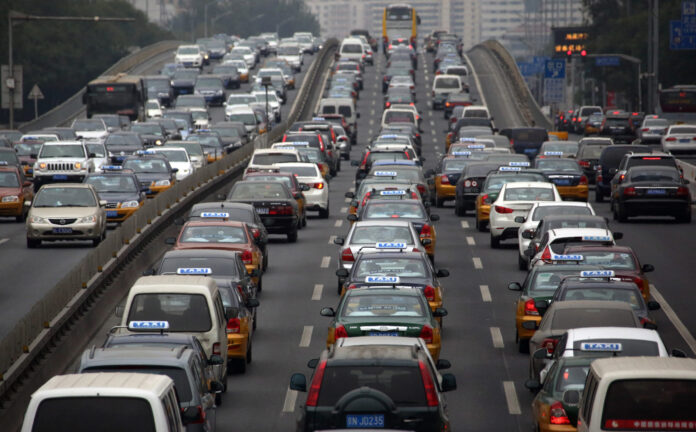By Robert Lawrence Kuhn
The Belt and Road Initiative is one of the most important initiatives of the 21st century. Nothing is more important for world peace and prosperity than building much-needed infrastructure in the developing world, especially in the poorest countries.
A priority of the Belt and Road Initiative is to plan, finance, construct and operate critical infrastructure — roads, railways, airports, ports, power plants, telecommunications. No country in the world has China’s experience in building such infrastructure, so Belt and Road projects are naturally suited for win-win cooperation, within the framework of “achieving shared growth through discussion and collaboration.”
As China continues to transform and restructure its economy, it needs high-quality growth of the country’s manufacturing industries. By leveraging this domestic expertise, it is of great significance for China to develop new modes of globalization.
Infrastructure construction seems ideal, which is just what China is experienced in and what developing countries need to kick-start their economies. This is the essence of win-win: mutual benefits make Belt and Road cooperation sustainable.
From the very beginning of China’s Belt and Road Initiative, President Xi Jinping has stressed “achieving shared growth through discussion and collaboration.” This guiding principle reflects China’s overarching policy of seeking win-win in international cooperation and in maintaining equal relations with all countries.
Today, in our new complex international environment, China’s principle of “shared growth through discussion and collaboration” takes on even greater significance.
“Discussion and collaboration” can ensure the quality of Belt and Road Initiative projects. It is only through detailed discussions and sophisticated collaboration that optimal project structure and operations can be achieved, and this is especially relevant for infrastructural construction. Key, of course, is to match loan servicing schedules, interest and principal, with reasonably conservative forecasted revenues directly or indirectly generated by the project, which can include national or regional economic growth.
One aspect of China wisdom is that learning from the past can improve the future. Some developing countries may not be experienced in structuring the financing for large infrastructure projects. Thus, in the project planning discussions, China, which has much experience, can advise and bring “best practices” to the project. Again, this is the benefit of “discussion and collaboration”.
“Shared growth” means that Belt and Road cooperation takes win-win as essence and pursues common development of all involved sides. Over the past five years, a series of successful projects under the Belt and Road framework have generated new opportunities for the economic and social development of host countries.
Best is to take “shared growth” seriously: what is shared is what is had by both sides. For host countries, infrastructure enables and stimulates economic growth. China also reaps more development opportunities, such as diversification of trade, and opens the doors of its inland provinces wider.
By boosting (over time) the economies of developing countries, China benefits from increasing trade, as does the entirety of the world. Belt and Road cooperation is an initiative seeking mutual benefit, win-win result and common growth.
From the world’s perspective, poverty, under-development, and deep inequalities are seemingly intractable problems — and economic development, catalyzed by infrastructure construction, is an essential part of the solutions. Economic development must come first, then all other problems can be addressed. Nothing good can happen without economic growth — this is the essence of the Chinese experience.
From China’s perspective, after decades of remarkable growth, economic transformation is necessary, and this includes industrial transitioning and geographical rebalancing within China and expanding China’s opening up by enhancing globalization. All of these can be achieved by the Belt and Road Initiative.
There are substantial global challenges, of course – economic, financial, structural, ecological, political instability, political risk, nationalism, terrorism. What’s sure is that the world has great need and China has a grand plan.
(Robert Lawrence Kuhn, chairman of the Kuhn Foundation, is a recipient of the China Reform Friendship Medal)




